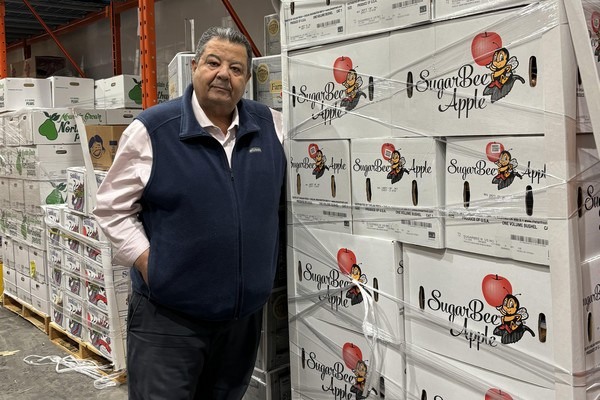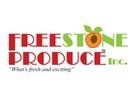Canadian wholesalers in some markets are particularly feeling the pinch of the low Canadian dollar, one that fell this week to its lowest level in just over four years. "It means there are high prices for us and it's hard to move product," says Mike Soufan with Freestone Produce, Inc.
He also notes that where Freestone Produce is located–in Calgary, Alberta–some see produce, and fruit especially, as more of a luxury item when it comes to doling out dollars. "If they can afford to buy it, they will but they don't always buy it," says Soufan. "Calgary has a high new immigrant population and people are watching every dollar here."
That's particularly so on some items that may not be produce staples in all households such as blueberries. Instead, Soufan says movement is then only seen if they're lower in price. "The challenge is that the people in the U.S. don't understand what we go through. If I pay US$10/box, that's CDN$15 and that is without the freight," he says, adding that he's feeling it is increasingly challenging due to the weaker Canadian dollar.

U.S. common currency
It also affects imports to Canada from other markets. "It doesn't matter who we buy from–it all comes through the U.S. dollar," says Soufan. "Basically in the winter, everything we buy is all U.S. dollars. Even if you order from Spain or South Africa for example, it's all U.S. dollars."
To manage this challenge, Soufan says it is bargaining more when it comes to bringing in produce–but that can also mean getting lesser quality produce. "We also make less. Instead of making $3/box, we make $1/box now," he says. "It's making it very difficult for us."
 For more information:
For more information:
Mike Soufan
Freestone Produce Inc.
Tel: +1 403-248-4466
[email protected]
www.freestoneproduce.com/
